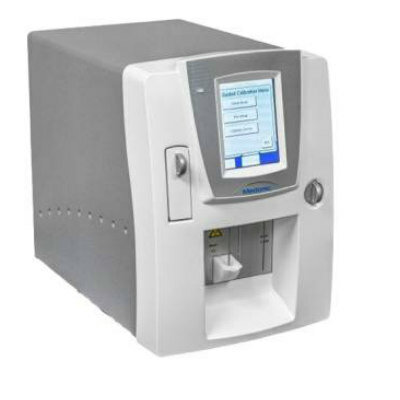Skin Swabs Could Detect Parkinson’s Years Before Symptoms Appear
Posted on 17 Jul 2025
Parkinson’s disease is notoriously difficult to diagnose in its early stages, as motor symptoms do not appear until later in the progression of the disease. The ability to detect the disease up to seven years before symptoms emerge would be transformative, allowing for earlier interventions and improved outcomes. Traditional diagnostic methods do not identify Parkinson’s until physical symptoms manifest, leaving patients at a disadvantage. However, recent research has shown that the chemical composition of skin, specifically the sebum produced by the skin, contains biomarkers that may reveal signs of Parkinson’s disease in its earliest stages. Now, researchers have developed a novel non-invasive sampling method to detect these biomarkers, opening the door to earlier diagnosis of Parkinson’s.
Researchers at The University of Manchester (Manchester, UK) along with collaborators used a technique known as Thermal Desorption-Gas Chromatography-Mass Spectrometry (TD-GC-MS) to analyze skin swabs from participants with Parkinson’s disease, healthy controls, and individuals with isolated REM Sleep Behavior Disorder (iRBD), a condition often seen as an early warning sign of Parkinson’s. By analyzing the chemical profiles of the sebum, they were able to identify distinct biomarkers in individuals with iRBD, who had chemical profiles different from healthy controls but less pronounced than those with Parkinson’s. This technique revealed that Parkinson’s disease leaves a detectable trace on the body long before physical symptoms appear.

The findings of this study, published in the Journal of Parkinson’s Disease, showed that people with iRBD exhibited chemical profiles in their sebum that were distinct from healthy individuals, supporting the idea that Parkinson’s can be detected early. The team also discovered that this non-invasive method could be used to track the progression of Parkinson’s disease, offering the potential for regular monitoring and improved treatment outcomes. The results were validated when a trained "super smeller" was able to distinguish between Parkinson’s and iRBD in skin swabs. The next step in the research is to refine this method to make it a practical tool for clinical use, with further studies aimed at expanding its applications for other diseases.’
“This is the first study to demonstrate a molecular diagnostic method for Parkinson’s disease at the prodromal or early stage,” said Professor Perdita Barran, Professor of Mass Spectrometry at The University of Manchester. “It brings us one step closer to a future where a simple, non-invasive skin swab could help identify people at risk before symptoms arise allowing for earlier intervention and improved outcomes.”
Related Links:
University of Manchester













